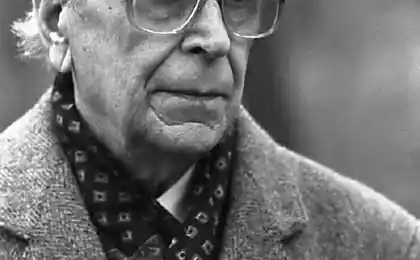161
Scientists have learned to turn bad memories into good ones

Bad memories can be switched to pleasant ones with a flash of light, scientists say. One day, doctors will get their hands on a new method of treating soldiers with post-traumatic stress and patients experiencing obsessive fear.
The method, which has shown its effectiveness in mice, allows for changes in memory. Until now, this has only been possible in science fiction films. The new method works similarly to the memory erasure device from the movie Men in Black.
It is believed that reliving individual moments of a traumatic event, even years later, can bring back previous feelings and thoughts. MIT neuroscientists have discovered a bridge in the brain that links memories to emotions. A single memory can cause fear, joy, or experience, depending on the area of the brain it engages.
The findings, published in the latest issue of the journal Nature, show that negative emotions can be changed to positive ones and vice versa.
“In the future, there will be methods of suppressing unpleasant memories with pleasant ones,” says study author Susumu Tonegawa of the MIT’s Peakover Institute for Learning and Memory.
The researchers observed which neurons in the hippocampus and amygdala — areas associated with memory and emotion — are activated when bad and good memories are evoked in mice. They then excited these same neurons with light from fiber optics to make the mouse feel fear or joy based on memories of events that had previously happened to them. Before that, rodents were beaten with electric shock and arranged for them to meet females in the same cage.
They then exchanged good memories for bad ones and vice versa. A mouse that had previously been electrocuted was no longer afraid to recall the event. In turn, a mouse with good memories when exposed to light on certain neurons showed fear.
According to study co-author Roger Redondo, the hippocampus and amygdala play a crucial role in memory formation.
Researchers are now exploring how memory management can help in the creation of drugs for depression and post-traumatic stress disorder.
Source: hi-news.ru
Source: /users/1617























